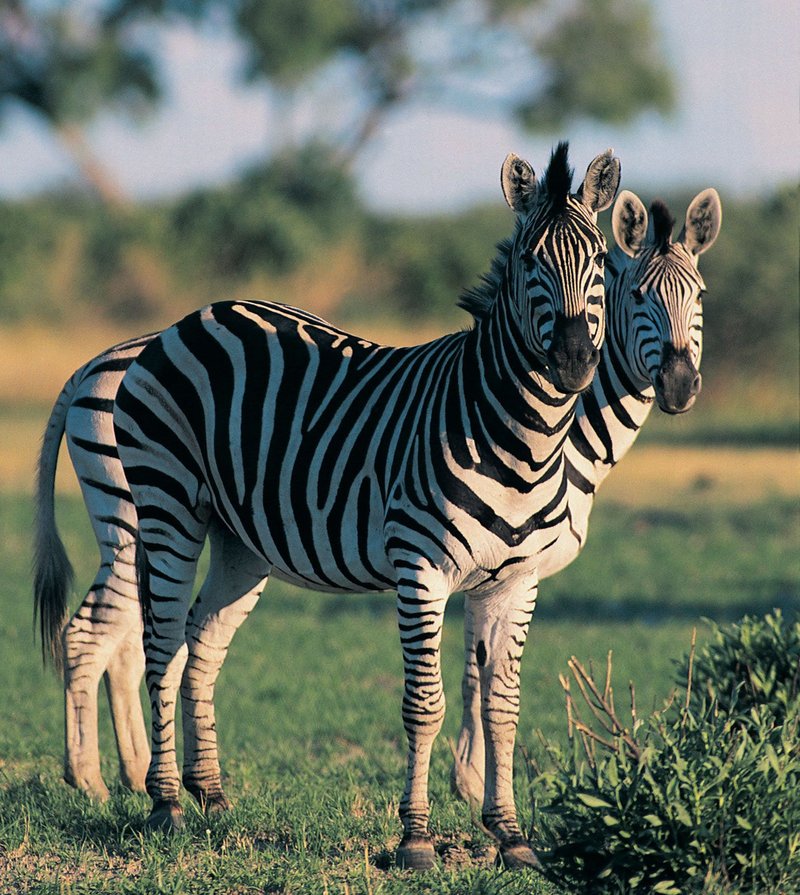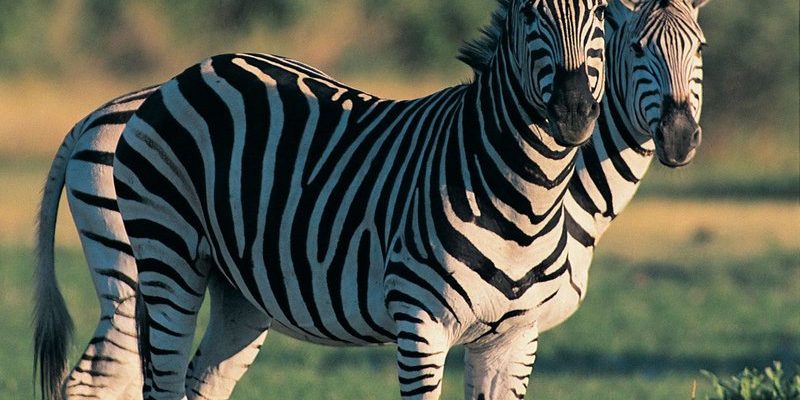
These stripes, while incredibly photogenic, serve a real purpose too! They act as a form of camouflage, confusing predators, and helping zebras blend into the grassy savannas where they live. But let’s dive deeper into their past and see how these intriguing animals have evolved over time.
A Brief Overview of Zebras
Before we dig into the evolution of the plains zebra, it’s helpful to understand that zebras belong to the horse family, Equidae. While they share some traits with horses, their **striped coats** and social behaviors set them apart. There are three main species of zebra: the plains zebra, the mountain zebra, and the Grevy’s zebra. Each has its own unique traits and adaptations.
Plains zebras, specifically, are the most numerous and widespread of the zebra species. They inhabit the grasslands and savannas of eastern and southern Africa, often found in herds. These social animals rely on strong bonds within their groups, which is crucial for their survival. Think of them as a close-knit community that helps each other out—safety in numbers is a big deal for these striped beauties!
Where It All Began: The Origins of Zebras
You might be wondering where the story of zebras started. The ancestors of modern zebras can be traced back to around 4 million years ago. Zebras are thought to have evolved from a common ancestor shared with horses and donkeys. This ancestor roamed the Earth during a time when the climate and habitats were beginning to change.
As the grasslands expanded across Africa, these early equids adapted to the new landscape. Over time, they developed physical features that suited their environment—think long legs for running fast and strong bodies for traveling long distances. It was a classic case of survival of the fittest, where those better adapted to the changing world thrived.
The Stripes: A Tactical Evolution
Let’s talk about those iconic stripes! You might think they’re just for show, but stripes offer several advantages. Firstly, they help to **dazzle predators**. When a herd of zebras moves together, their stripes blend and shimmer, making it challenging for lions and other predators to single out an individual. It’s like a moving optical illusion!
Additionally, stripes play a role in regulating body temperature. The black stripes absorb heat during the day while the white stripes reflect sunlight, helping zebras stay cool in the African sun. Isn’t it fascinating how evolution can work in such clever ways?
Social Structure and Behavior
Zebras are very social animals, and their behavior is a crucial part of their survival. They typically live in groups called harems, usually consisting of one male and several females. This social structure helps them protect themselves from predators and raises their young more effectively.
Within these groups, zebras have established communication methods through vocalizations, body language, and facial expressions. For example, when a zebra feels threatened, it might make a loud bark or kick up its heels. This sends a clear message to the rest of the group to be alert. Their ability to work together as a unit is a fantastic example of cooperation in the animal kingdom.
Adapting to Changing Environments
As the Earth’s climate has shifted over millions of years, zebras have had to adapt. They’ve been able to thrive in various environments, from open savannas to semi-arid regions. Thanks to their grazing habits, they can survive on tough grasses, which many other herbivores find challenging to digest.
However, the plains zebra’s adaptability has also been tested due to human activities. Habitat loss and poaching have put significant pressure on their populations. It’s a dire reminder that while evolution is powerful, the human impact can be just as significant, often in the wrong direction.
The Role of Zebras in Their Ecosystem
Zebras play an essential part in their ecosystem. As grazers, they help maintain the grasslands by controlling plant growth. Their feeding habits allow new grasses to grow, which benefits other herbivores and the overall health of their habitat.
Moreover, when zebras migrate, they create pathways that other animals, like wildebeests and gazelles, can follow. This movement helps distribute nutrients across the ecosystem, promoting biodiversity. Essentially, zebras are the unsung heroes of their environment, quietly supporting a host of other species.
As we reflect on the evolutionary history of the plains zebra, it’s clear that these animals are more than just their stunning stripes. They’re a testament to adaptability, resilience, and the intricate balance of nature. From their origins millions of years ago to their role in today’s African ecosystems, plains zebras have proven they can withstand the test of time.
Understanding them helps us appreciate not just their beauty, but their importance in maintaining the health of their environments. So next time you see a zebra, whether in the wild or on a documentary, remember the incredible journey they’ve taken through time. Each stripe tells a story—one that’s still being written today!

